This post is a tip of the hat to the fabulous exhibition TAMARA DE LEMPICKA, on view at the Museum of Fine Arts Houston through May 26, 2025. Few may previously have known that Lempicka, painter of iconic works that embody chic Art Deco image creation and celebrity as no other, lived for a number of years in HOUSTON! And she was only one of many art icons of international importance who graced us with their presence over the decades. Here are just a few who, unlikely as it may seem, CAME TO HOUSTON. Who woulda thunk it?
Oscar Wilde 1882.
In 1882, Oscar Wilde made quite a splash all across America with a tour that lasted the entire year. He lectured in large cities and small towns, spreading his philosophy of art for art’s sake, proving himself ever the flamboyant celebrity and aesthete, and, through all he said and did while here demonstrating “the importance of being Oscar,” thus making himself famous on this side of the pond a decade and more before he would become infamous everywhere later on through his famous trials.
On June 23, 1882, as part of his swing through Texas, he spoke in Houston, at Gray’s Opera House, on the subject of “Decorative Arts.” His audience was small, according to a newspaper account, his style was “drawling,” and he didn’t catch on “very effectively.”
But even so, at least one member of the audience hoped his views would be taken to heart by the Houstonians who heard him:
The Houston Daily Post, June 25, 1882
We think Mr. Wilde's manner, dress and delivery very unfortunate, but must confess that we cordially wish that his noble and blissful sentiments in respect to the ordering of a true and happy life would sink deep into the hearts of this people.Wilde’s assessment of Houston is not recorded, though he seems to have greatly liked San Antonio, where he lectured on June 21, and in Galveston, on June 19, before an “immense audience,” though many found him “flat and insipid” and “left disgusted before the talk concluded.”
He didn’t hold that against them, however. He noted that, "It was worth the trip from England to Galveston to see a magnolia tree."
He was also quite impressed that in Texas he was not treated like a stranger. “I was never once addressed as Stranger. When I went to Texas, I was called Captain.” "I was dubbed Colonel in Galveston and was fully invested with the title by the time I got to Houston. I shall write home to my friends of this new rank and promotion."
Find out more about Wilde’s 1882 visit to Houston, and his whole American tour, at the OSCAR WILDE IN AMERICA website.
Nijinsky, 1916.
In December, 1916, “Serge De Diaghileff’s Ballet Russe” - so the Houston paper spelled his name - came to town, for two performances, 200 strong, in a special 12-car train, including a full symphony orchestra of 50, lavish sets by Leon Bakst, and 40 dancers - among them the GREAT Nijinsky! It’s safe to say that nothing like it had ever happened to Houston before. And probably nothing like Houston had ever happened to the company either.
According to the account in the Houston Post:
Nijinsky, the ballet star, … spent larger part of the evening with his wife on a motor ride.Other members of the ballet took their cameras - most of them are camera fiends - and shot up the town in a “picturesque” way Sunday afternoon, their presence and evident foreign nationality attracting much attention as they walked among the street, most of them wearing overcoats.“Wearing overcoats?!” How foreign. But then it was December.
Surprising as it may be to think of Nijinsky motoring around our streets, or pirouetting across our stage, the fact is that Houston was an almost annual destination for the Russian Ballet back in the earlier 20th Century - usually in December, when the Gulf breezes blew a lot warmer than the winter winds of our Northern states, or Russia!
Maurice Ravel, 1928.
Ravel came to Houston in 1928 under the auspices of Rice Institute (now Rice University) to give a pair of lecture/demonstrations drawn from his own musical compositions. He played the piano, and had the assistance of a singer and a violinist from among Houston’s own flourishing flock of musicians.
His music was then “New,” of course, and his program must have been a revelation for many:
It appears that the program was also a challenge for some, who annoyed the master by chuckling during a passage that he considered his “most serious effort.”
Even with the chuckles, however, he seems to have remained enthusiastic about the visit - or so local journalists who interviewed surmised from his gestures and eyes: he spoke no English, the journalists understood no French, and the translator managed words, but not feeling and flamboyance.
Even if he didn’t say it in so many words, let’s hope he enjoyed his stay in Houston; and enjoyed, also, his visit to the Gulf of Mexico (as then called) - a visit he wanted to make so much that he had it written into his contract.
TO BE CONTINUED …




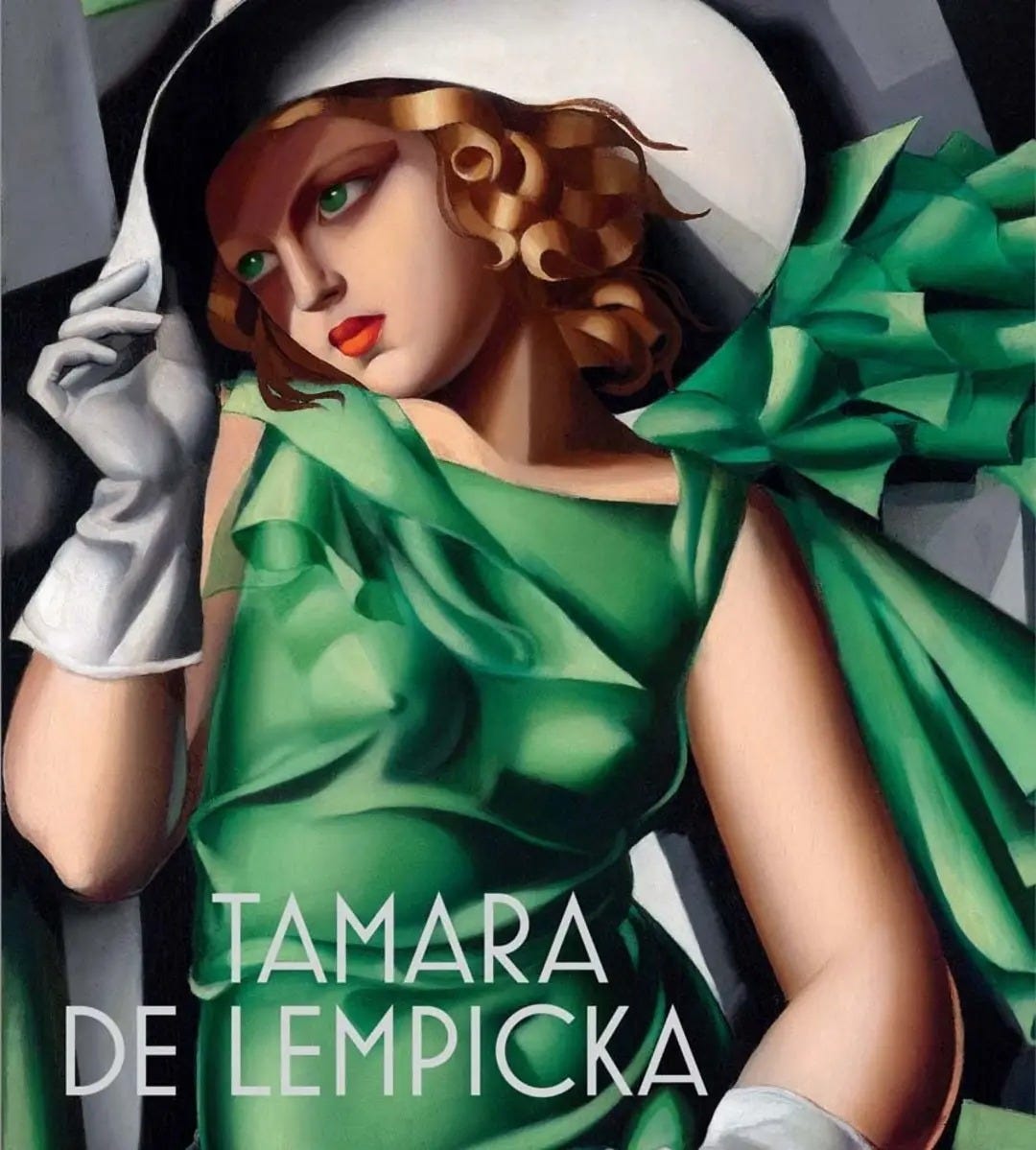
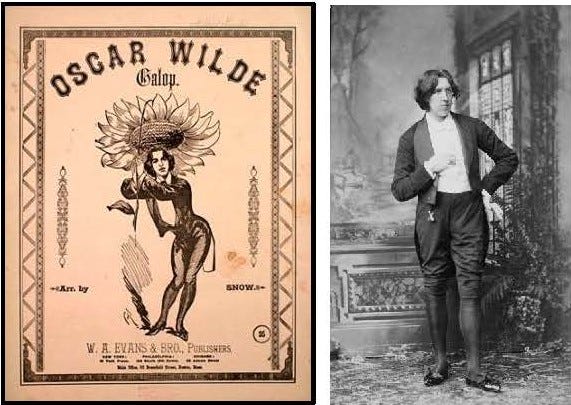


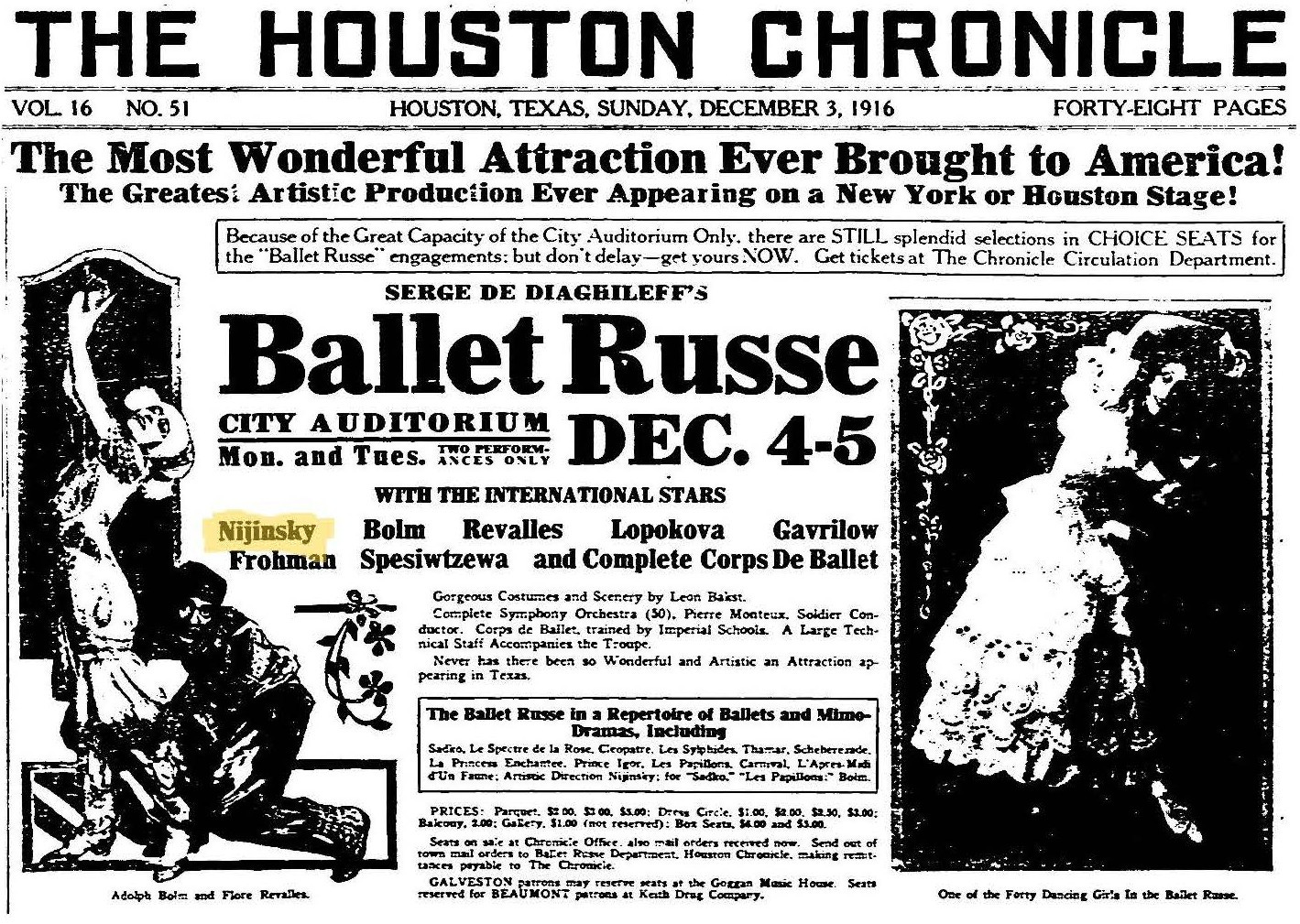
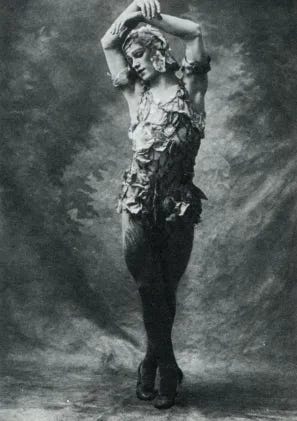
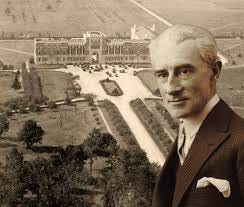

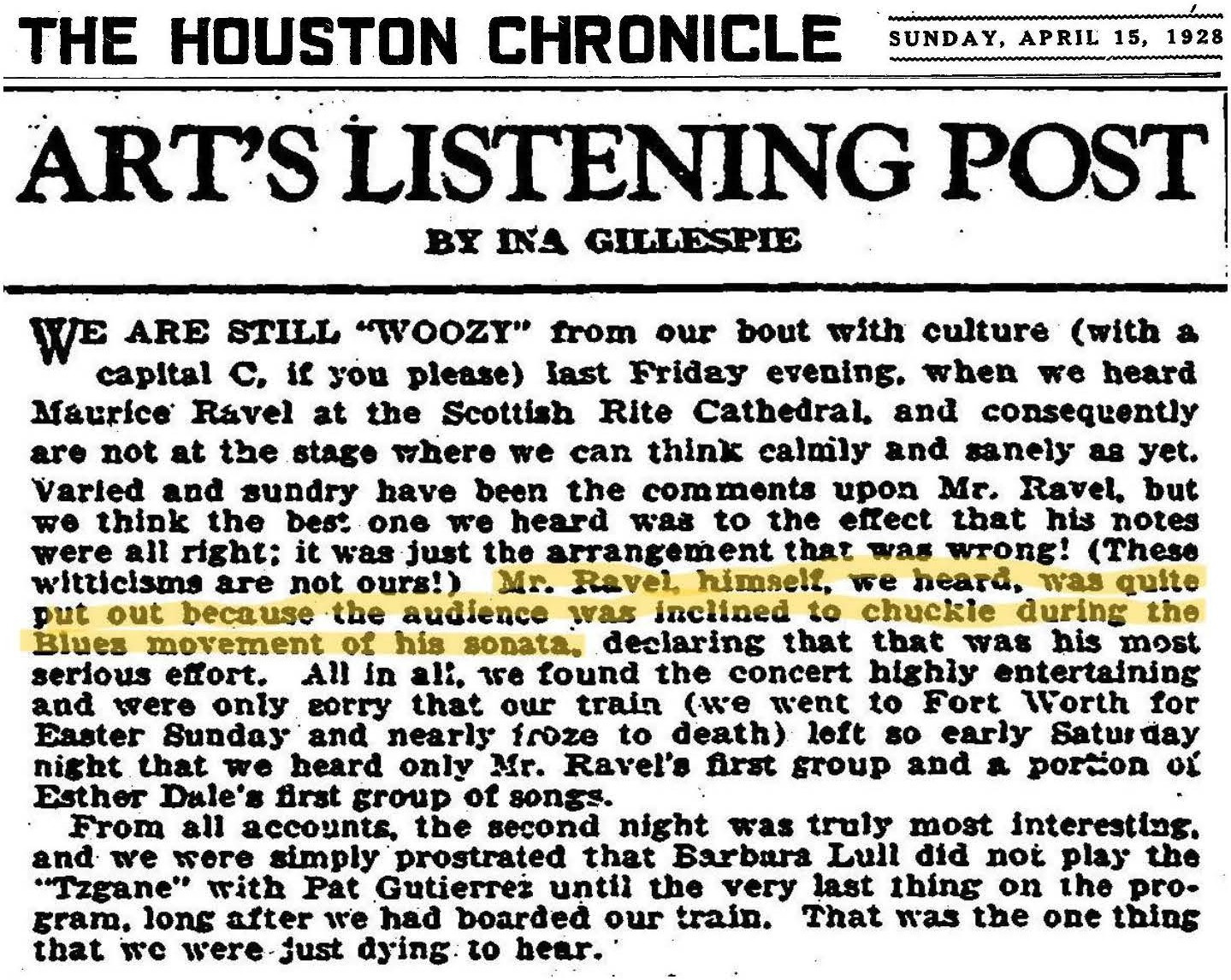
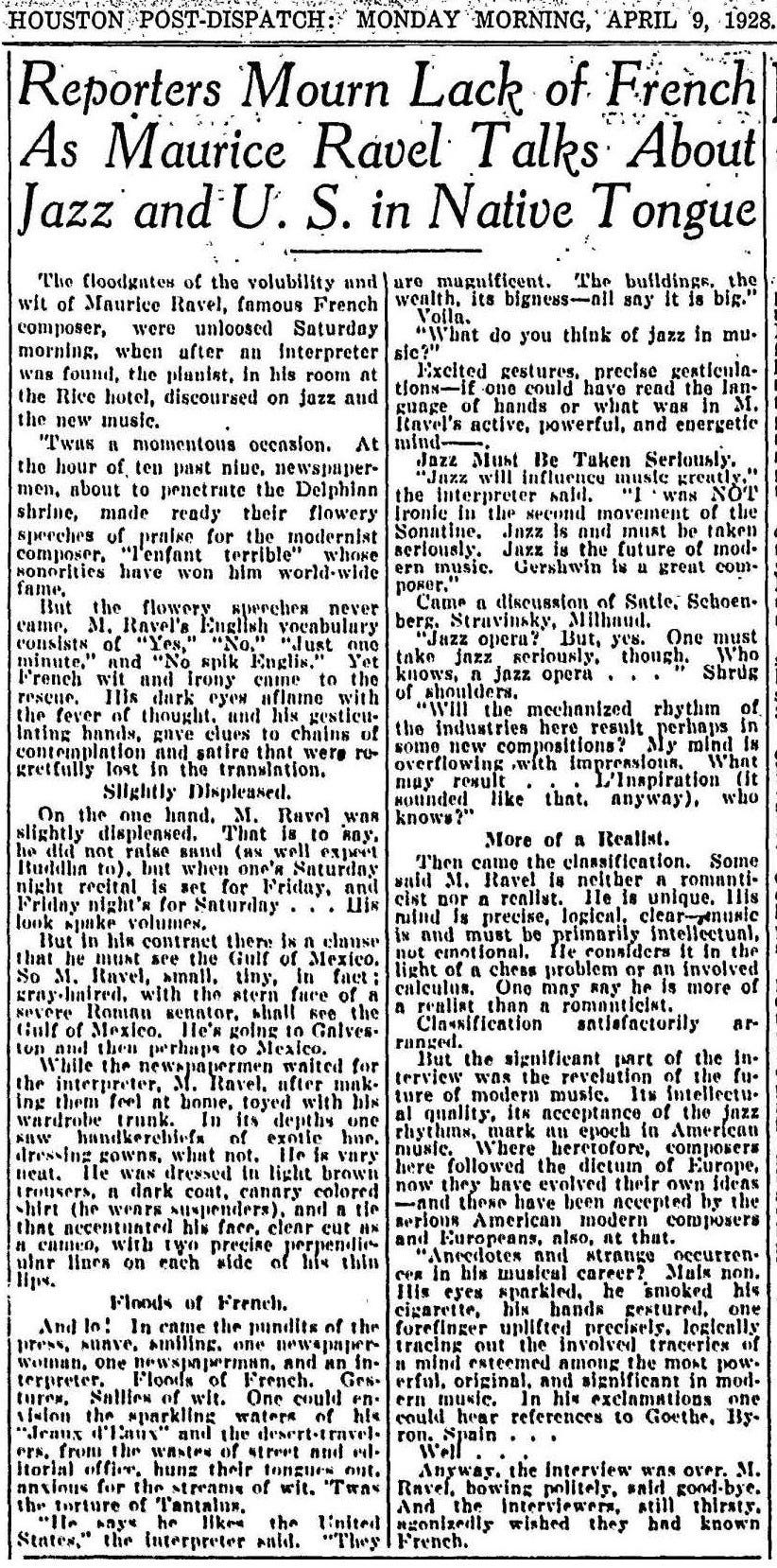
Love the connections of these amazing people to your Houston, and the descriptions of their interactions with people and critics of the times.